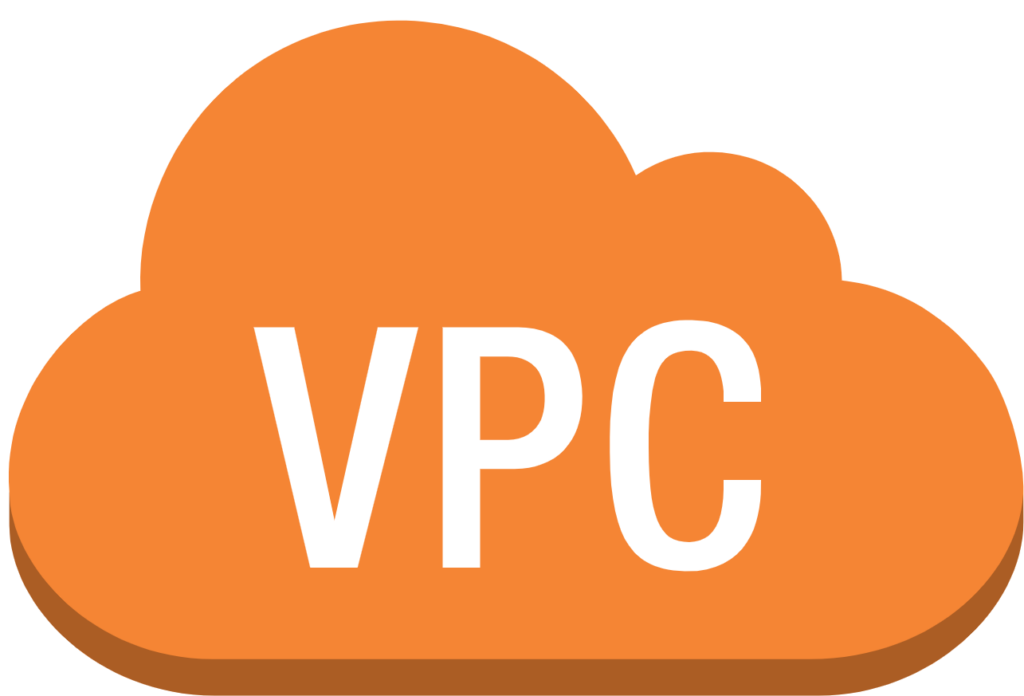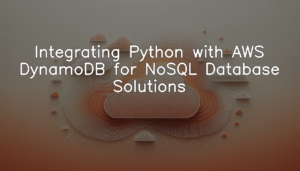Virtual Private Cloud (VPC) is a cloud computing service offered by Amazon Web Services (AWS) that allows users to create and control their own virtual network environment in the AWS Cloud. A VPC provides a logically isolated section of the AWS Cloud where users can launch AWS resources in a private and secure network that they define. By creating a VPC, users have complete control over their virtual network environment, including selecting their own IP address range, creating subnets, and configuring route tables and network gateways. This allows users to launch their AWS resources in a more secure and customized environment, making it an essential service for any organization looking to take full advantage of the benefits of cloud computing. In this blog post, we will cover the basics of Virtual Private Cloud in AWS and how to get started with building your own virtual network.
In this blog article, we will explore the basics of VPC in AWS and how to get started with creating your own virtual network.
What is a VPC?
A VPC is a virtual network that is logically isolated from other virtual networks in the AWS Cloud. It allows users to launch AWS resources, such as EC2 instances, RDS databases, and Elastic Load Balancers, in a secure and private environment.
Benefits of using a VPC
Using a VPC (Virtual Private Cloud) in AWS provides several benefits, including:
- Greater control over network configuration: Users can customize their virtual network environment and create their own IP address range, subnets, and routing tables.
- Increased security: A VPC provides a more secure environment for AWS resources, since they are launched in a private, isolated network.
- Scalability: A VPC can be easily scaled up or down to meet the changing needs of the user.
- Cost-effectiveness: By creating a VPC, users can launch AWS resources within their own virtual network environment, which can help reduce costs associated with running those resources on public networks.
- Flexibility: A VPC allows users to launch AWS resources in a virtual network environment that is customized to their specific needs, making it easier to meet the unique requirements of their organization.
Overall, using a VPC in AWS provides users with greater control, security, scalability, and cost-effectiveness when launching their AWS resources.
Creating a VPC in AWS
Creating a VPC in AWS is a simple process that can be completed in a few steps. Below is an example:
- Log in to the AWS Management Console.
- Navigate to the VPC dashboard.
- Click on the “Create VPC” button.
- Enter a name for your VPC and the IP address range for your VPC. Choose whether you want to enable IPv6 support.
- Click on the “Create” button to create your VPC.
- Once your VPC is created, you can create subnets within your VPC by navigating to the “Subnets” section of the VPC dashboard.
- To launch AWS resources in your VPC, navigate to the “EC2” dashboard and select the VPC you want to launch the resources in from the “Network” dropdown menu.
By following these steps, you can create your own VPC in AWS and launch AWS resources in a private, secure network environment that you define. Remember to configure your security groups, NACLs, and routing tables to ensure your VPC is secure and meets your organization’s specific requirements.
VPC Security
VPC increases security in AWS by providing users with complete control over their virtual network environment. Users can create subnets within their VPC to isolate and segment their resources, which helps to limit the blast radius in case of a security breach. Additionally, users can configure security groups and network access control lists (NACLs) to control inbound and outbound traffic to their AWS resources. This allows users to specify which traffic is allowed to access their resources and which traffic should be blocked. By creating a VPC, users can launch their AWS resources in a private and secure network that they define, making it much more difficult for unauthorized users to access their resources. Overall, VPC is an essential service for organizations that prioritize security in their cloud infrastructure.
Conclusion
Virtual Private Cloud (VPC) is a powerful service in AWS that provides users with complete control over their virtual network environment. By creating a VPC in AWS, users can launch AWS resources in a secure and private network, configure their own IP address range and subnet settings, and customize their network gateways. Additionally, users can configure security settings and VPN connections to further enhance the security and privacy of their VPC. With the basics of VPC in AWS covered, you can start building your own virtual network in the AWS Cloud!





